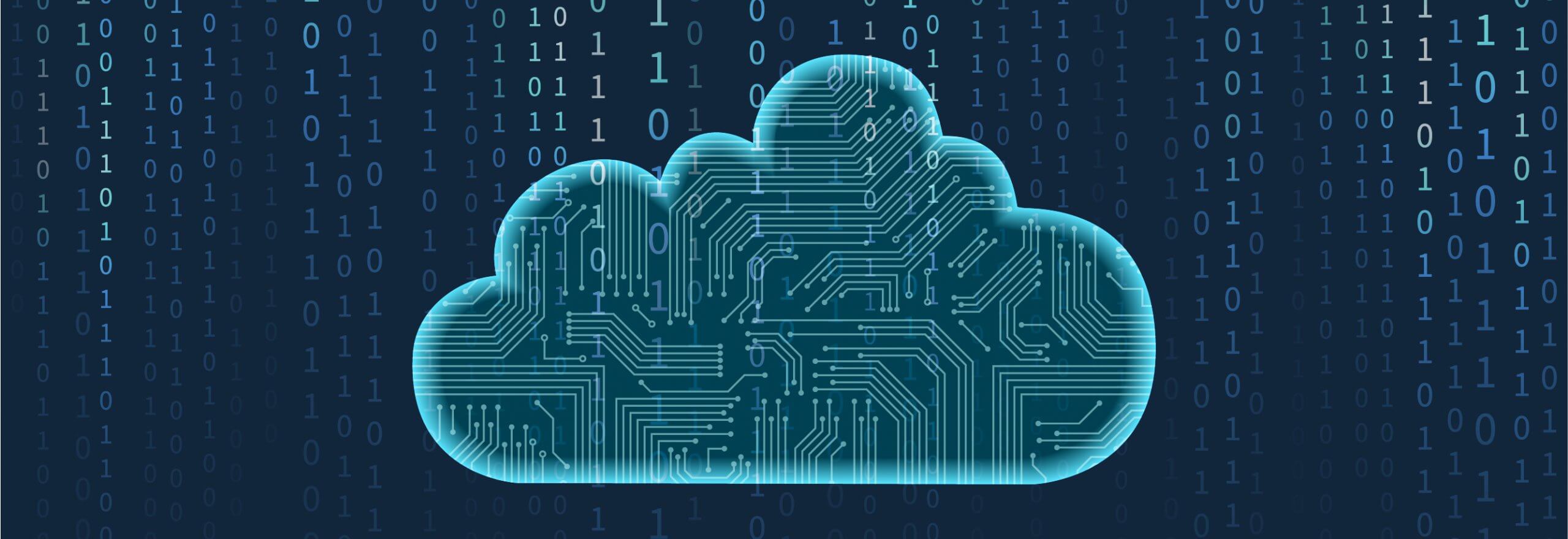In today’s world, we are surrounded by smart devices that all are connected. From phones to TVs, refrigerators to washing machines, watches to cars, every device that we use today is connected. According to Statista, there are almost $25 billion connected devices across the globe, and it is further expected that the number will rise to $75 billion by 2025.
The need for full-stack development is on the rise after organizations have realized the immense potential that an IoT infrastructure holds. Let us first understand what goes into full-stack development for any software. Basically, it is divided into two categories.
- Front-end development: It includes the development of the graphical user interface of a website, software, or app. A good and responsive design means whenever the users open up the site, they see the information in a format that is easy to read and relevant.
- Back-end development: It includes the server-side functionality. In back-end development, the primary focus is on how the application works and making a programme work well.
Full stack development refers to the development of both the front-end and back-end portions of the web application. A full stack developer can work on both the portions efficiently and also solve database and operating system-related queries. They must be well versed in the below technical skills:
- Programming Languages: As a full-stack developer, you must have skills in multiple programming languages like Python, Java, and PHP and be familiar with how to design, test and execute programming codes.
- Framework Development and Third-Party Libraries: Framework and third-party libraries save development time and efforts. These are pre-coded and pre-tested programs, so it is important for the developers to know the framework and third-party libraries.
- Database: Database is the backbone of every software, app, and website because every product needs it to store the data. A full-stack developer needs to understand database concepts very well.
- Front-End Technology: Full-stack developers should be proficient in front-end technologies.
If we talk about IoT (Internet of Things), full-stack development demands more than the front end and back end. It involves dozens of small, interconnected devices like sensors, microcontrollers, chips, and service platforms. So, let’s discuss the skills, attributes, and expertise that are needed by full-stack IOT developers.
Hardware:
This may or may not be considered a part of full-stack IoT development. But the fact is that “t” in IoT stands for “Things”- touchable or hardware things. For full IoT development, hardware acts as an interface between the object and the application. IoT companies control a significant portion of the hardware that is required in their solution. It means the company will need skills in the design and development of software.
Embedded Programming:
It is programming that runs inside wearables or sensors. It controls the hardware and allows it to perform the task. Sometimes it works without an operating system. These programmes are completely different from other application-level programming.
Cloud Development and Operations:

Almost every IoT application requires cloud infrastructure. It is the middleware for the IoT and the application itself. Some of the most famous cloud infrastructure providers are Microsoft Azure, Google Cloud Platform, IBM Cloud, and Amazon Web Services.
- Management: Integration of third-party applications, databases, and networks, is the responsibility of the solution providers. The solution provider would have the total responsibility for the functioning, updates, and release.
- Mobile Apps: It is difficult to imagine the IoT without an app. For instance, it is difficult to operate a fitness band, smart light bulb, smart refrigerator, etc. without an app. To develop a complete IoT solution, you must have the skill of developing an app.
- Mining, Database, Analytics: For Full Stack IoT development, the database and analytics are crucial because they help to make the programmes more user-friendly. So, knowledge of mining, databases, and analytics is required to make applications more robust.
- Understanding Process Automation: Knowledge of repeatable automated processes for documenting, building, testing, and deploying the application plays a vital role in full-stack development. Full-stack developers can decrease the release time cycle by implementing microservices, DevOps, and BVT (Build Verification Test).
- Security: Security ensures the availability, integrity, and confidentiality of your IoT solution. For security in IoT, while transmitting the data, it is essential to provide encryption and decryption techniques for security. By enabling device authentication, developers can add one more security layer to the IoT application.
Conclusion
The Internet of Things(IoT) has been a major factor in shaping today’s digital landscape, and in this post, we took a closer look at the future of the IoT and how it relates to full-stack development. If you are looking to take advantage of IoT to build a custom-fit business application, then we can be your one-stop solution. We have in-depth knowledge and skillful expertise in full-stack development. Our full-stack developers hold top-notch expertise to craft picture-perfect web applications.






